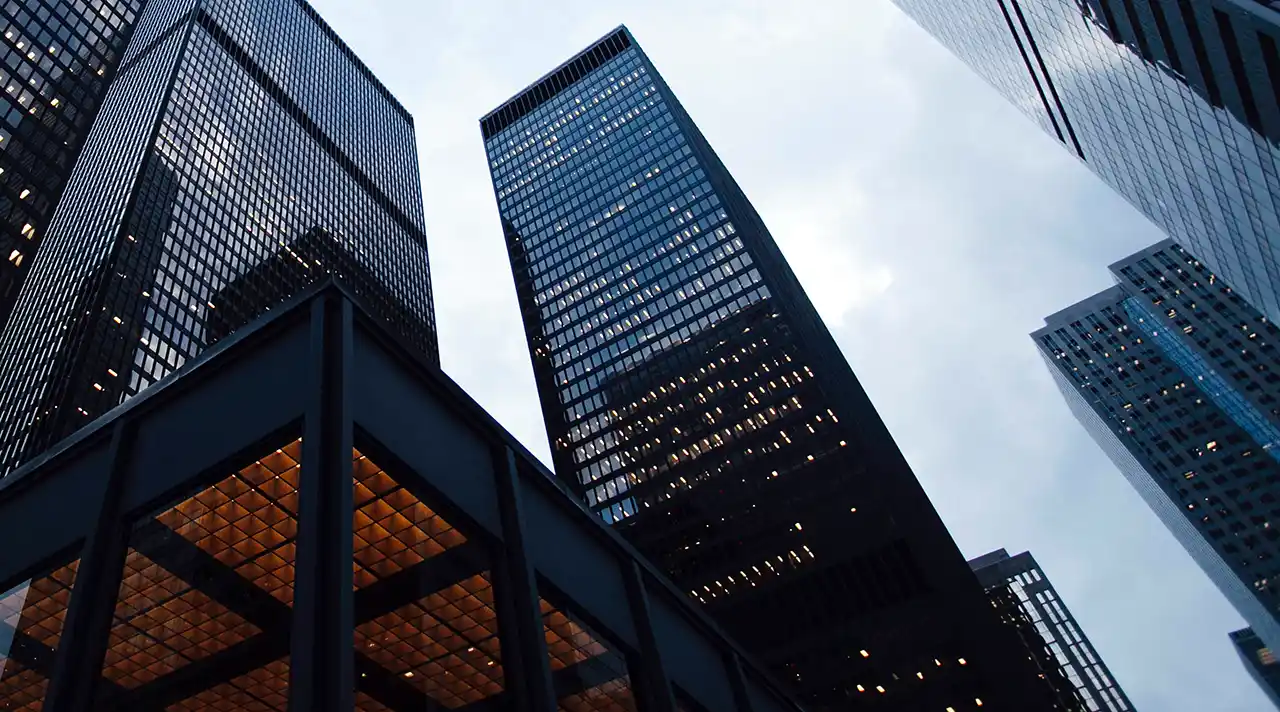The latest property market figures show Australian capital cities are still a two-tiered system and it’s Melbourne that’s leading the charge.
Melbourne property prices jumped 3.1 per cent in July, the best result in the country, with Canberra next best at 2.4 per cent and Sydney the other strong performer at 1.4 per cent.
On the other side of the national property market Perth, Darwin and Brisbane/Gold Coast all recorded falling property prices for the same month.
Despite expectations of a slowdown in Melbourne’s property prices, they have now risen by 16 per cent in the past year.
CoreLogic’s Tim Lawless told the ABC it was likely that new stamp duty concessions for first home buyers in Melbourne and Sydney were boosting activity in those states but it wouldn’t be known be known for sure until figures come out in October.
“We do some anecdotal evidence from real estate agents and from the industry at large that there has been a bit of a response from first home buyers,” he said.
“Which is understandable – when you look at affordability challenges, particularly in Sydney, I think first home buyers will be jumping at their opportunity to save some money.”
“We can see that historically, any time where there have been some incentives available for first home buyers, we generally do see a fairly immediate reaction.”
The ongoing strength in Melbourne’s property market will be providing some headaches for banking regulators who have been trying in recent times to take some heat out of the market.
UBS Australia’s chief economist George Tharenou spoke about regulator concerns to the ABC.
“We still think that price growth has likely peaked already,” he said.
“Nevertheless, if house prices and credit growth (especially for investors) don’t moderate, we now think regulators are likely to further tighten macroprudential measures in the second half of 2017.”
“But if that fails to work, it would then raise the risk of the RBA hiking the cash rate before our later than normal start in the second half of 2018.”



